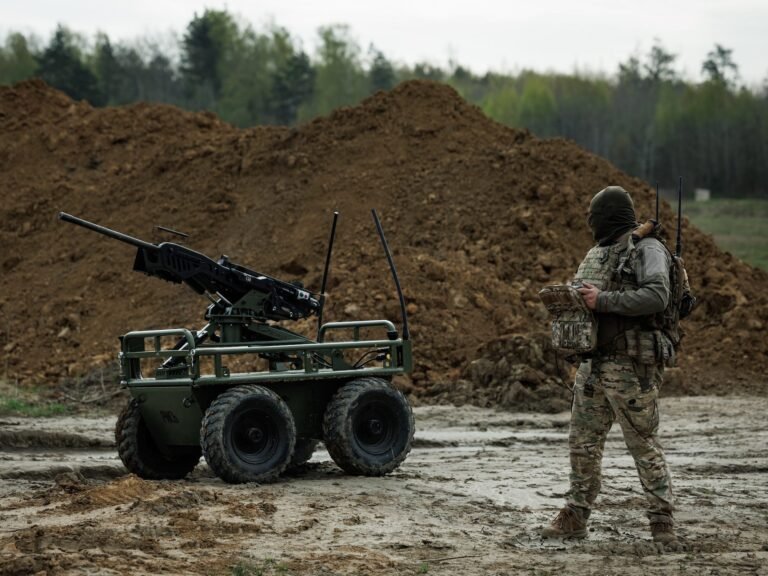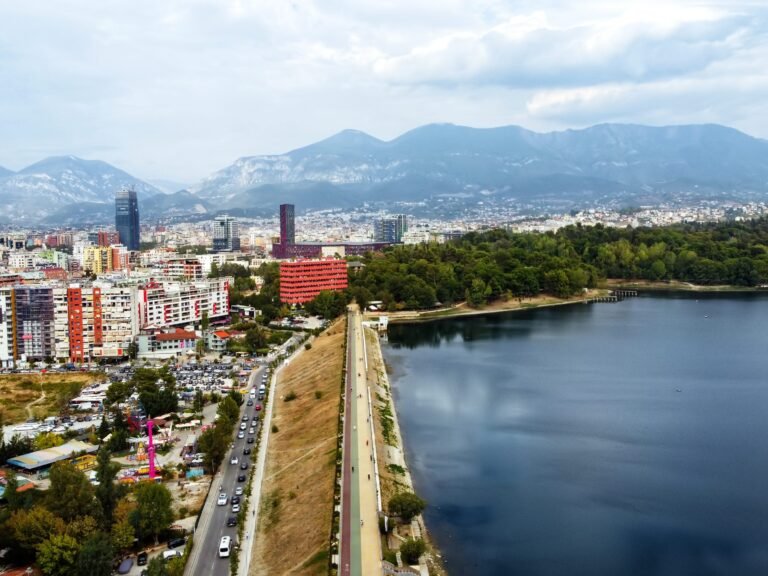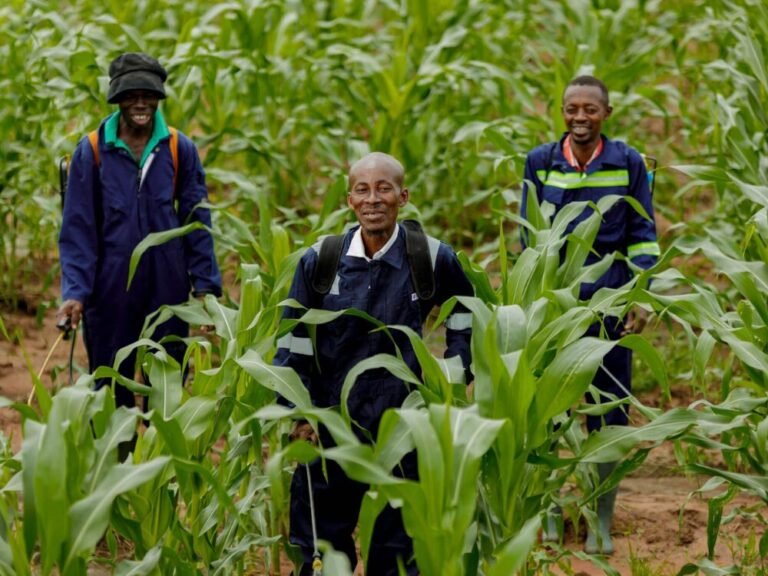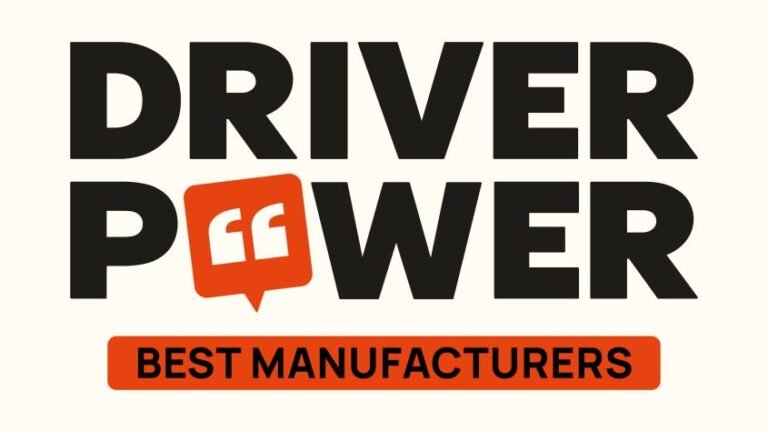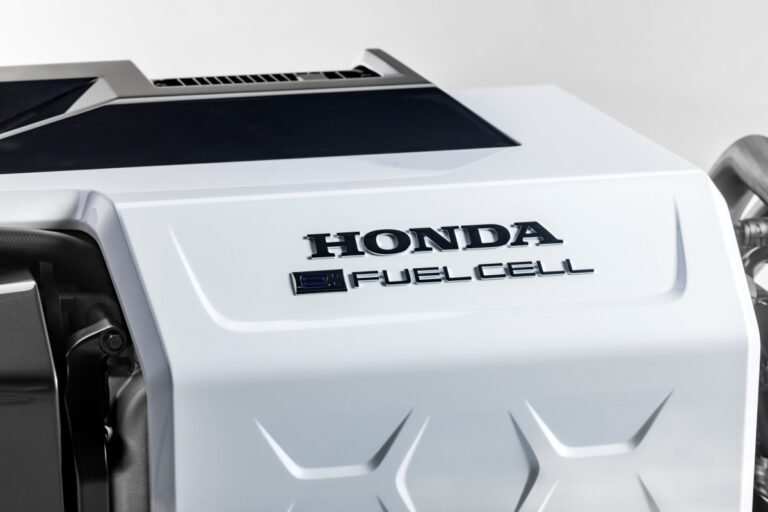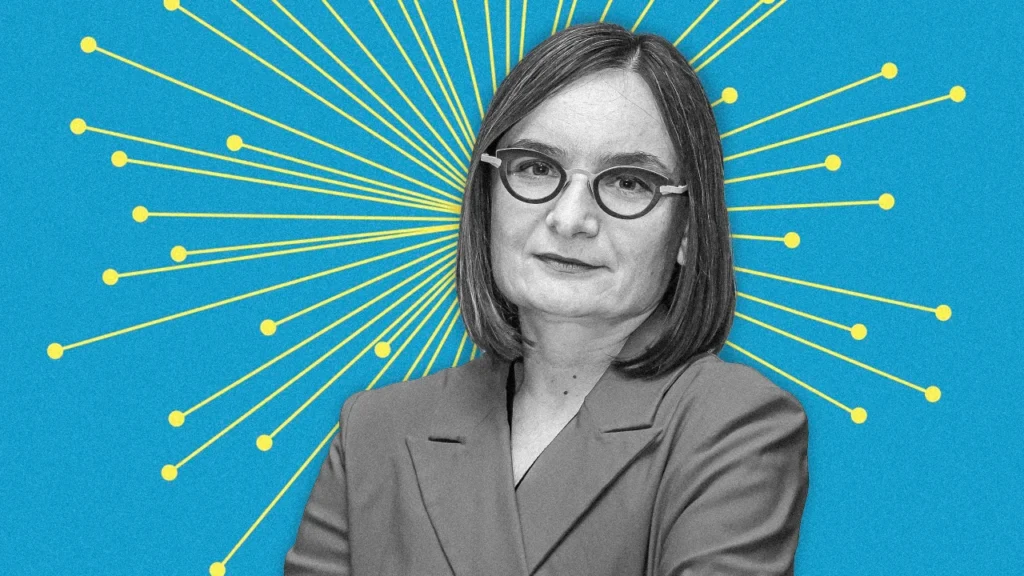
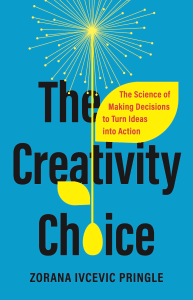
When scientist Zorana Ivcevic Pringle first started out in academia as an undergraduate student, she wanted “to study interesting people.” Unfortunately, that’s not a scientific term, and it carries with it a value judgement (also unscientific, as fun as it sounds). “I started being interested in describing what creative people are like, and understanding that complexity in a creative personality,” she says. “They seem to embody these dichotomies, things that oftentimes don’t go together in most people. It grabs your attention to something really important.”
She frames creativity in her research around strength and vulnerabilities, particularly engaged in how both personality and processes feed a creative act or idea: “How do you approach it when you have an idea? What happens with it? I became interested in what I ended up calling the process of self-regulation in creativity. And that is, how do you make yourself do it?”
Now, on the heels of launching her book The Creativity Choice (May 2025), Pringle, who is a senior research scientist at the Yale School of Medicine’s Center for Emotional Intelligence, admits she was onto something, and that dichotomy she senses about creativity is endlessly inspiring and interesting, across disciplines, everywhere. “I wanted to study people who are complex, who are doing things that are different, and who are pushing boundaries of what is possible.” The body of work she’s cultivated in more than two decades of researching creative individuals and their processes is both incredibly layered and also fundamentally pedestrian. We all can relate to it, even if we don’t have the last name of Bezos, Einstein, or Monet.
Creativity has a lot of fun in it. We don’t talk enough about it, but it also has times that are very hard—I mean, excruciatingly hard. We encounter obstacles, as a rule. Nothing you ever try works out. That’s disappointing, frustrating, overwhelming. That can be stressful. We have to deal with that and on some level accept it will happen. We have to have comfort that we can handle it somehow. I became fascinated by that.
I am very motivated by frustration. I work from the world of science. A gap, a question, something that’s missing. I find it frustrating: Why hasn’t this been asked? And then I want to ask it and work on it. I want to see how you can start answering it. That process of okay you have an idea but what are you going to do to make it real is fascinating.
I sometimes start my talks with a New Yorker cartoon that shows a cocktail party. An Upper East Side-ish cocktail party. There’s a group of people and someone says, “Do you know it is Harry who invented the daiquiri? He just never did anything with it.” We chuckle because we have an understanding and a recognition of Harrys in real life—people who have ideas but don’t do anything with it. We don’t always follow up on all of our ideas. There are reasons why people might not follow up on ideas. Oftentimes, the pictures of the creative process in the popular media are either limiting or more unintentionally discouraging.
I love the picture book What Do You Do with an Idea? By Kobi Yamada. It’s one of those rare things that’s actually true to the creative process. That book is showing, “Okay, I don’t know what to do with it. I’m just going to ignore it.” And then it stays there, then you start on it. Okay, now you’re starting to nurture it, and then it starts growing with you. It is truly a stunning book. It is wonderful to see those kinds of portrayals in the popular media, but those are rare.
There are barriers that we have to get over, that are psychological in nature. The sense of risk and discomfort associated with creativity, wondering whether we have confidence. I have done a study where I wanted to see what goes on in people’s minds—the psychological experience—when they were considering whether to share ideas. And I found three strands of thinking: One is outwardly oriented. It is asking, well, what are people going to say about it? Are they going to find it silly? Are they going to think it’s stepping on someone’s toes? Is somebody going to be angered—gatekeepers, stakeholders, supervisors; angering them is not the best idea. These are real considerations, and we shouldn’t take them lightly. Another kind of consideration is more inward-oriented. And that one is, well, this is making me self-conscious. This is making me anxious, that personal discovery. And then the third consideration is completely different, and it’s saying this creative work, this trying to do something new, something original—but effective and making a difference—is important to who I am as a person. It’s almost not a choice. You are making a choice, but it’s like involuntary because it’s just an expression of who you are. How you answer these outward and inward considerations is going to determine whether you start or not.
Sometimes I hear people say, “Oh, you have to get comfortable with risk. You have to get comfortable with this discomfort. You have to be fearless.” I’m like, “No, you do not.” If that was the case, I would never have done anything. I came across this quote from Georgia O’Keefe and she said something like, “I’ve been absolutely terrified every moment of my life—and I’ve never let it keep me from doing a single thing I wanted to do.” I am not fearless, and I am not comfortable. And so if that desire and that sense of identity and the importance of creative work is there, it is possible to embark on it and do it, even if you are not comfortable. We’re just accepting the discomfort, to start the process. That is truly empowering. Those messages, you have to find the fearless in you—what if you can’t? Does that mean you cannot be creative? It implies it. It is not the case.
I don’t think that you are born a fully creative person. It is true that for some people, some things that are important for creativity may come easier than for others. That does not mean that those for whom it doesn’t come all super easy cannot learn. We have wonderful evidence that creativity skills can be learned. We are starting to accumulate evidence that attitudes and mindsets relevant to creativity can also be learned. So all of these different pieces of the puzzle that is creativity can be learned. There is a whole constellation of things we need to be creative to the maximum the potential.
For the book, I interviewed the founder of Pinterest, Ben Silbermann. I really loved that interview because he had this unusual level of awareness and insight about the nature of the creative process, and in particular, the importance of the social side of it. He provided this really vivid example: When you are thinking of starting a company and you happen to be in the Bay Area, at the parties you go to, people discuss starting companies; at the bars you go to, people discuss starting companies. We don’t talk enough about that. We focus on individuals with great ideas. Sure that’s important, but they are not coming out of a vacuum. There are reasons there are hubs where particular kinds of things tend to happen. Creativity is social, even when it does not seem like it.
There is a big list of misconceptions on creativity. When I speak to my son, I say to him, if there is one thing, only one thing that you are going to learn from me about creativity, it is that first ideas are usually almost as a rule, not the most creative. And that seems to be, I have learned, counterintuitive to people. That’s because of the misconceptions about creativity that we have, that it is something that comes to you when you feel creative. We attach the word feeling to creativity because of how we were conditioned to think about it. But it is not a feeling. And because of this idea that it just comes over us that it’s not the result of purposeful thinking and work, we have this impression that the first thing that comes to mind has to be the most creative. But we can easily demonstrate that it’s not the case.
There is a disproportionate association of creativity and genius. And it has very negative consequences. If we say the word creativity, we immediately think of Einstein, Monet, and Steve Jobs, then we look at ourselves and say, “Well, I am not that, because most of us are not that.” If you say you are not that, which chances are you are not, then it is logical to think that there’s something special about them. That they were born with it. And if they are born with it and you are not, then there’s nothing much you can do. So why even try? And often in educational settings, we are trying to encourage and empower young people by putting forth these examples. But the exact opposite can happen.
Some say that creativity is the highest when we have full freedom of action: no constraints, everything goes, but creativity is not about full freedom. Your mind has to start somewhere. And the way the mind works, it starts with what is familiar. What is familiar is something you’ve done previously. If you’ve done it previously it can’t be original, by definition. Intuitively, it seems that creativity is this free floating, spontaneous thing. But no, not even for artists, who are the most stereotypically creative. Let’s look at that in the artistic practice: I am only going to use these materials. I’m only going to use this method for a particular thing.
Those are constraints.
Recognizing that the creative block does not mean that I am not capable. I can more easily say, “Okay, here are some things I can do about it to make it as short as possible.” I was using all of the strategies in the book, personally in the process of writing it, and I remember, vividly, getting stuck on a chapter about getting stuck. I stared at it, and I stared at it, and just was not going anywhere. And I said, well, I have to look at it in a different way. And I knew that each of the pieces I had felt right, but they were just not flowing. I printed my chapter draft that was not working and I cut it up and physically pasted different sections and then sat on the ground and arranged them in different ways. You can take different bits and pieces of a problem and start arranging them either symbolically or physically or in different ways to see what’s going to start clicking to create a full picture.
